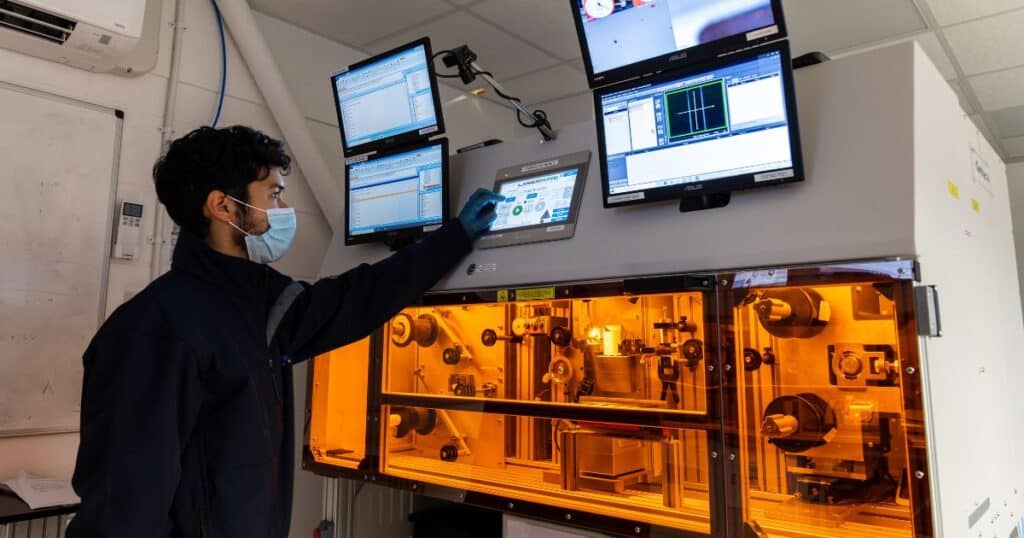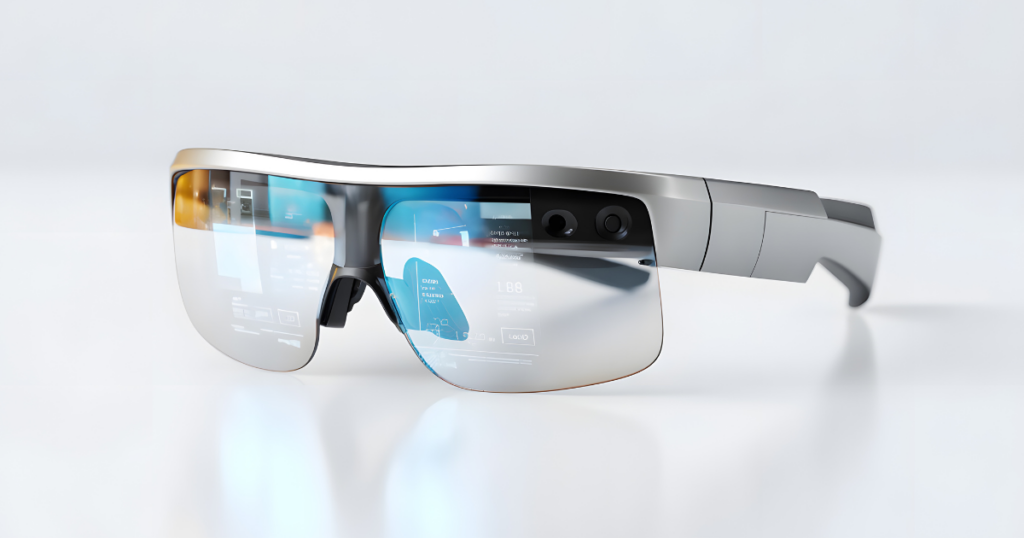Introduction to Spool-to-Spool Laser Stripping
As medical technology continues to advance at an incredible pace, the demand for precision and efficiency has never been higher. That’s where fully automated laser wire stripping comes in. This cutting-edge process is changing the game for medical device manufacturers—making it easier than ever to produce clean, high-quality wires quickly, accurately, and without the risk of contamination.
What is Laser Stripping?
Laser stripping is a non-contact method used to remove insulation or coatings from wires using a focused laser beam. Instead of using mechanical blades or chemicals, it uses light energy to vaporize the insulating material, leaving the underlying conductor untouched. It’s clean, fast, and extremely precise.
Why Spool-to-Spool Processing Matters
In traditional setups, wires are processed in short lengths or individually—a time-consuming and labor-intensive method. Spool-to-spool processing allows for continuous, automated handling of wire from one reel to another. When paired with laser stripping, it eliminates manual intervention, reduces waste, and dramatically speeds up the production process.
Importance in Medical Wire Manufacturing
Role of Wire Coatings in Medical Devices
Specialized medical wires are commonly used in devices like catheters, guidewires, and diagnostic probes. These wires are coated with specialized polymers to insulate, protect, or improve the biocompatibility of the wire. Removing these coatings without damaging the conductor is crucial.
Challenges in Traditional Wire Stripping
Mechanical and chemical stripping methods come with risks:
-
Mechanical stripping can nick or deform the conductor.
-
Chemical stripping introduces hazardous waste and often lacks precision.
-
Both methods are labor-intensive and inconsistent in quality.
Benefits of Spool-to-Spool Laser Stripping
Precision and Repeatability
Laser stripping can remove insulation with micron-level accuracy. It ensures each wire is stripped identically, which is critical for consistency in medical applications.
Speed and Continuous Operation
Spool-to-spool laser systems can operate 24/7, processing kilometers of wire without manual handling. This continuous mode dramatically increases throughput.
Non-Contact, Damage-Free Processing
There is no physical contact with the wire, eliminating the risk of mechanical stress or damage. This is essential when working with fine-gauge wires commonly used in minimally invasive medical devices.
Reduced Risk of Contamination
By avoiding chemicals and manual handling, the risk of introducing contaminants is significantly minimized. This is ideal for maintaining sterile production environments.
Enhanced Scalability for High-Volume Production
Manufacturers can scale operations more efficiently as demand grows, especially for single-use disposable medical devices.
Technologies Behind the Process
Types of Lasers Used (CO₂, UV, Femtosecond)
Different coatings require different lasers:
-
CO₂ lasers are effective for thicker polymer insulation.
-
UV lasers are ideal for thin, transparent coatings.
-
Femtosecond lasers offer ultra-precise ablation with minimal thermal impact.
Laser Parameters and Process Control
Modern systems use software-controlled parameters such as wavelength, pulse duration, and scan speed to optimize results for each wire type.
Automation in Medical Wire Processing
Integration with Robotics and Vision Systems
Robots handle spools and position wires with micrometer accuracy. Vision systems verify proper alignment and stripping quality in real time.
Smart Spool Management and Tracking
Barcoded or tagged spools help track lot numbers, usage stats, and process history—key for traceability and compliance.
Software and Data Analytics for QC
Advanced software logs every process event, enabling predictive maintenance and real-time quality control. Statistical analysis can identify trends and optimize performance.
Applications in the Medical Device Industry
Guidewires and Catheters
These devices rely on ultra-thin wires that need precise insulation removal at very specific locations—laser stripping is ideal.
Electrophysiology and Neurology Leads
Signal fidelity in neural or cardiac sensors depends on perfectly stripped wire ends for soldering or crimping.
Stent Delivery Systems and Implants
Micro-coaxial wires used in stent delivery mechanisms benefit from laser stripping’s accuracy and repeatability.
Regulatory Compliance and Validation
Meeting FDA and ISO 13485 Standards
Medical wire manufacturing must meet strict quality standards. Laser stripping’s consistent and documentable process supports these requirements.
Documentation and Traceability
Every stripping operation can be logged and stored—providing full traceability, which is vital for regulatory audits and product recalls.
Cost vs. ROI Analysis
Operational Savings
Although initial investment in laser equipment is significant, long-term savings from automation, labor reduction, and fewer defects are substantial.
Waste Reduction and Yield Improvements
The non-contact nature means virtually no scrap due to wire damage. Higher yields equal better profitability.
Environmental and Cleanroom Benefits
No Use of Chemicals
Laser stripping eliminates toxic solvents, making it safer for workers and the environment.
Cleanroom Compatibility
The closed, automated system reduces airborne particulates—ideal for cleanroom manufacturing environments.
Choosing the Right Component Supplier
Factors to Consider
-
Wire size and coating material
-
Required stripping patterns
-
Throughput needs
-
Budget and integration requirements
Future Trends in Medical Wire Automation
AI and Machine Learning in Automated Laser Stripping
AI can predict machine maintenance needs, optimize process settings, and improve quality assurance through pattern recognition.
Miniaturization and Microfabrication
As devices shrink, wire diameters get smaller. Laser technology is evolving to handle micro-sized conductors with extreme precision.
FAQs on Automated Laser Stripping
Q1: What wire sizes can be processed using laser stripping?
A: Typically, wire gauges as small as 50 AWG can be stripped accurately.
Q2: Is laser stripping safe for coated stainless steel wires?
A: Yes, with the correct laser type and settings, stainless steel and its coatings can be stripped safely.
Q3: Can this technology be used in Class 7 or 8 cleanrooms?
A: Absolutely. Most systems are cleanroom-compatible and do not introduce particles or chemicals.
Q4: How long does it take to switch between different wire types?
A: With modern automation and software profiles, changeovers can take under 5 minutes.
Q5: Are there any consumables required for laser stripping?
A: Unlike blade-based systems, lasers require no blades or chemicals—just electricity and cooling.
Q6: Can the stripping depth be controlled precisely?
A: Yes, down to micrometer levels. This is essential for partial stripping or multi-layer wires.
Conclusion: Why Automated Laser Stripping Is the Future of Medical Device Manufacture
Spool-to-spool laser stripping represents a quantum leap in medical wire automation. It delivers unmatched precision, safety, and efficiency, all while meeting stringent industry regulations. With the rise in demand for smaller, smarter medical devices, the need for scalable, clean, and repeatable wire processing will only grow. Companies adopting this technology today are positioning themselves as leaders in the medical device manufacturing space.







